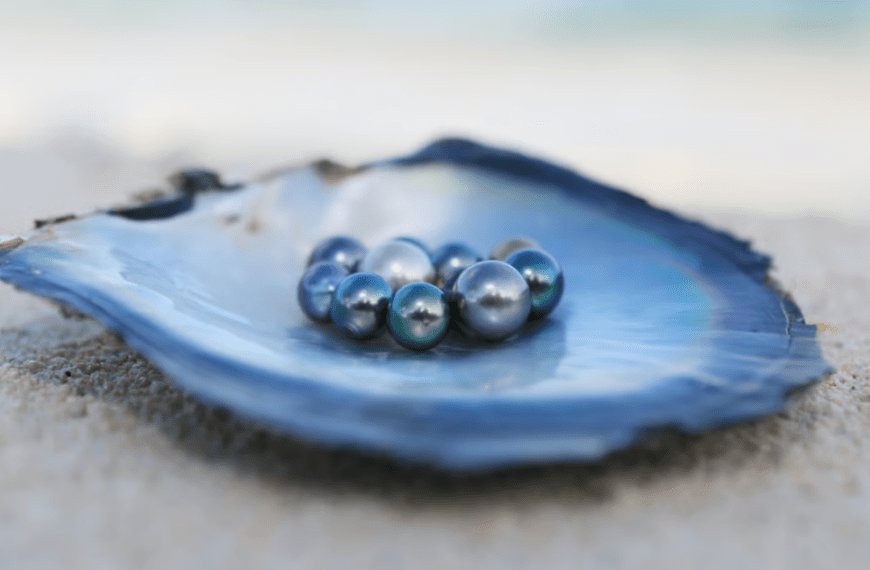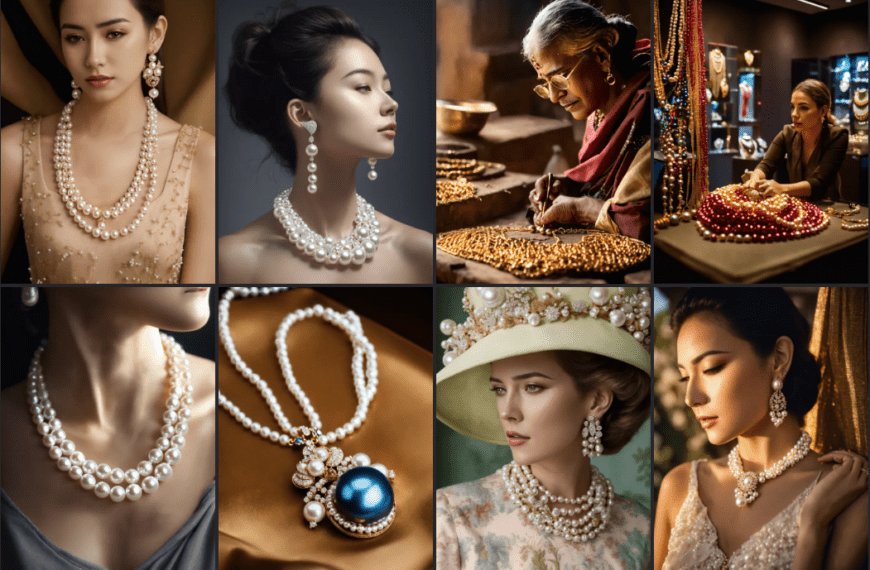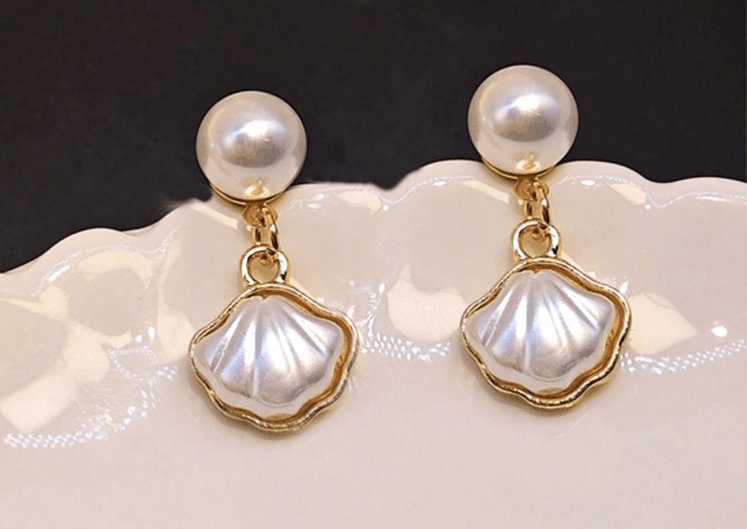Pearls are beautiful gems found in oceans and rivers. They are loved by many people around the world.
But how are pearls formed? How are they turned into jewelry? Let’s explore these fascinating processes!
How Pearls Form Naturally
Pearls are formed inside mollusks, like oysters and mussels. These sea creatures live in oceans and rivers. A pearl starts to form when a foreign object enters the mollusk’s shell. This can be a grain of sand or a tiny parasite.
The Role Of The Mollusk
The mollusk’s body reacts to the foreign object. It starts to cover it with layers of nacre. Nacre is also known as mother-of-pearl. It is made of calcium carbonate and protein. Over time, many layers of nacre build up. This forms a pearl.
Types of Pearls
There are several types of pearls. The main types are natural pearls, cultured pearls, and freshwater pearls.
- Natural Pearls: These pearls form without any human help. They are very rare and valuable.
- Cultured Pearls: These pearls are formed with human help. A small object is placed inside the mollusk to start the pearl-making process.
- Freshwater Pearls: These pearls are formed in rivers and lakes. They are often less expensive than saltwater pearls.
Harvesting Pearls
Harvesting pearls is an exciting process. It involves collecting the pearls from the mollusks. This can be done in the wild or on pearl farms.
Wild Pearl Harvesting
In the wild, divers search for mollusks in the ocean or river. They collect the mollusks and open their shells. If they find a pearl, it is carefully removed.
Pearl Farming
Pearl farming is a more controlled way to harvest pearls. Farmers place mollusks in special areas of the ocean or river. They take care of the mollusks and help them grow. After a few years, the farmers harvest the pearls.
| Wild Pearl Harvesting | Pearl Farming |
|---|---|
| Divers search for mollusks | Farmers place mollusks in special areas |
| Mollusks are collected and opened | Farmers take care of the mollusks |
| Pearls are removed carefully | After a few years, pearls are harvested |
Crafting Pearl Jewelry
Once the pearls are harvested, they are turned into beautiful jewelry. This process involves several steps. Each step requires skill and precision.
Sorting And Grading
The first step is to sort and grade the pearls. Pearls are sorted by size, shape, color, and quality. High-quality pearls are used for fine jewelry. Lower quality pearls may be used for other purposes.
Drilling And Stringing
The next step is to drill holes in the pearls. This allows them to be strung together. The pearls are then strung on a thread or wire. This can be done to make necklaces, bracelets, or other jewelry pieces.
Setting In Metal
Some pearls are set in metal. This can be gold, silver, or other metals. The pearls are carefully placed in settings. This can be done to make rings, earrings, or pendants.
Polishing And Finishing
The final step is to polish and finish the jewelry. This makes the pearls shine and look beautiful. The finished jewelry is then ready to be worn and enjoyed.
Caring for Pearl Jewelry
Pearl jewelry needs special care. Pearls are delicate and can be damaged easily. Here are some tips to keep your pearls looking beautiful:
- Store pearls separately from other jewelry to avoid scratches.
- Wipe pearls with a soft cloth after wearing them.
- Avoid exposing pearls to chemicals, like perfume or hairspray.
- Have your pearls restrung every few years to prevent breakage.
Frequently Asked Questions
How Are Natural Pearls Formed?
Natural pearls form when an irritant enters an oyster, triggering nacre secretion around it.
What Is Nacre?
Nacre, also known as mother-of-pearl, is a mix of aragonite and conchiolin.
How Long Does Pearl Formation Take?
Pearl formation can take anywhere from six months to several years.
Where Are Pearls Commonly Found?
Pearls are commonly found in oysters in saltwater or freshwater environments.
Looking for more tips on pearl care or adding to your collection?
Explore our articles and find the perfect piece to keep for a lifetime!













